
When you go to see ancient architecture in China the chances are you may only be admiring concrete imitations. Not at Beijing's Temple Hotel.
Behind the heavy wooden doors, a 600-year-old shrine stands along with political slogans from the "cultural revolution" (1966-76). Modern art adorns ancient walls and customers dine elegantly in a set remodeled from 1970s factories.
The hotel is the only winner in China this year in the UNESCO Asia-Pacific Awards for Cultural Heritage Conservation, in which 43 projects from 11 countries competed in eight categories.
The award recognizes the efforts of private initiatives in restoring and conserving architecture with heritage value in the region. Previous winners include Cichen Town in Zhejiang province and 796 Huaihai Road in Shanghai.
"The renovation has not only restored the storied past of the place, but also extended its life," Abhimanyu Singh, director and representative of UNESCO's Beijing Office, said as he presented the award in late May.
A deserted complex five years ago, the Temple Hotel in Dongcheng district is now a mix of restaurant, art gallery and hotel that receives more than 3,000 visitors a month. It regularly hosts free art exhibitions, as well as workshops with renowned writers as a way to "connect to its past as an imperial publishing house".
Juan van Wassenhove, co-founder of the Temple Hotel, said, "We also want to introduce master classes with great musicians, because the acoustics are amazing."
US lighting artist James Turrell dedicated his China debut to the hotel, which features installations by Beijing artist Wang Shugang.
Built in the 15th century, the Zhizhu Temple (the Temple of Wisdom) complex, where the Temple Hotel is situated, served successively as an imperial publishing house for Buddhist scriptures, a Buddhist temple and a Lama temple.
After the founding of the People's Republic of China in 1949, Zhizhu Temple was converted to a residential complex and later a television factory. In the 1960s, a huge fire damaged the northwestern corner of the complex and the main hall.
The buildings lay deserted until 2007, when the site was discovered by Van Wassenhove and his Chinese partners Lin Fan and Li Chow.


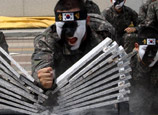

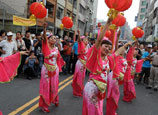
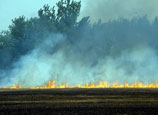
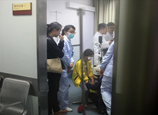
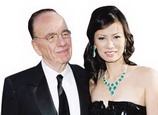


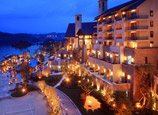






 Developer razes historic Guangzhou structures
Developer razes historic Guangzhou structures


![]()
